Air flow in the refrigerated container
Today, the majority of refrigerated transport across sea is carried out in refrigerated containers. The predominant type today is the integral refrigerated container. It has a built-in cooling unit, which is screwed into the container at the front. Three-phase current is required to operate such containers.
Cold air flows through or around the goods in the container, which is blown in through the grating in the floor and sucked out again under the container ceiling. The circulation fans then push the air through the air cooler, which is also the evaporator of the refrigeration circuit, and back through the grating into the load. With pre-cooled frozen goods, the air only has to flow around the goods, as no heat has to be dissipated from the goods themselves. Only the heat that penetrates from outside through the insulation needs to be dissipated. When transporting fruit, however, air flows through the goods, as fruits and vegetables generate ripening heat that arises inside them and must be dissipated.
Empty refrigerated containers in the port
The goods must be stowed in the container in such a way that the air flow is not cut off, for example due to the goods being stowed too high beyond the red “load limit line”, and that there are no flow short circuits, for example due to free space in front of the container Door (here the grating may need to be covered by suitable measures).
Pre-cooling of the container before loading should only be used if the container is to be loaded at a lock, e.g. B. a cold store, so that the temperature in front of the opened doors is approximately the same as the temperature inside the container. Otherwise, when the doors are opened and the container is pre-cooled, water will condense on the walls, which can damage the goods. For more available freight transportation knowledge, check out the world's largest freight transportation database in the Cargo Handbook.
The Dr.-Ing. Yves Wild Ingenieurbüro GmbH advises shipping companies, shipyards and manufacturers on all questions relating to the construction and operation of refrigerated containers and the equipment of ships for the transport of refrigerated containers. In the case of Damage on refrigerated goods We investigate the causes that led to damage to the goods. Dr. Wild is the author of the article refrigerated containers Container Handbook of General Association of the German Insurance Industry (GDV).
Our Experts draw up Expert opinion for refrigerated container transport and consult Happy to help with problems. If necessary, they carry out their own Measurements through or evaluate existing measured values / operating data.

Full refrigerated containers in the port

Refrigerated containers on a ship

Evaluation of the defrosting times of a refrigerated container

T-grating in refrigerated container with drain

Looking into empty refrigerated containers
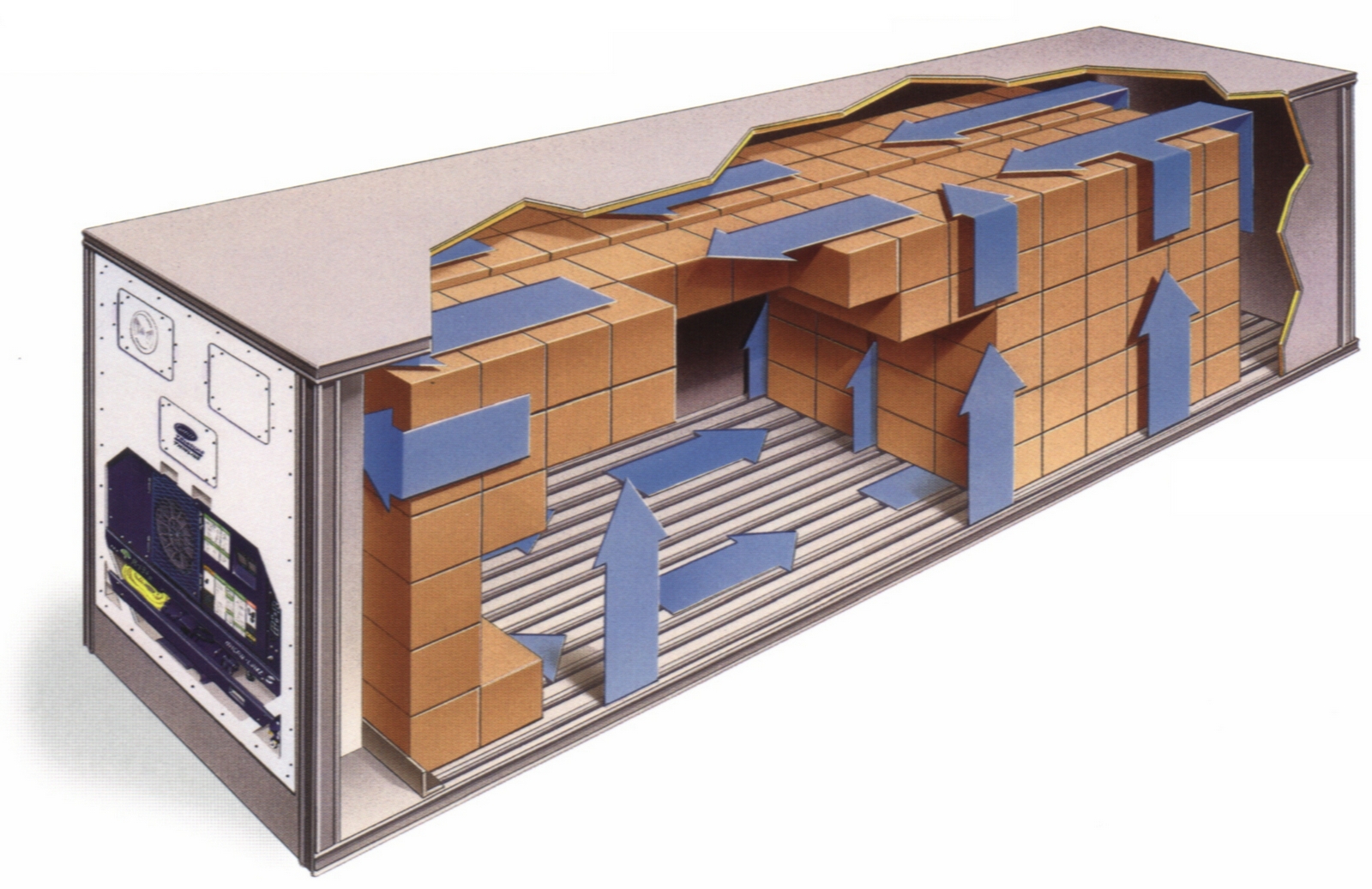
Air flow in the refrigerated container
Image 1 of 7
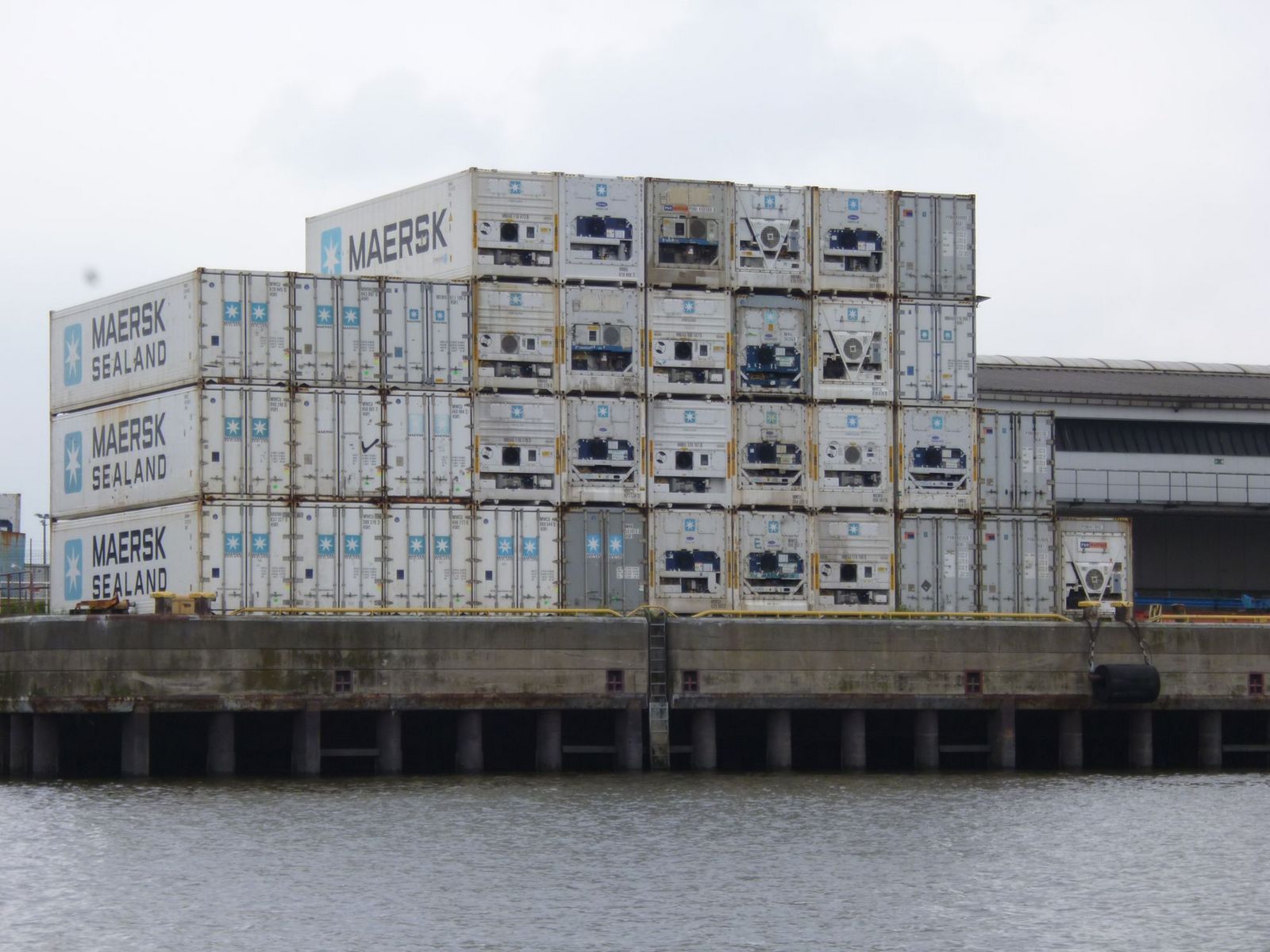
Empty refrigerated containers in the port
Image 2 of 7
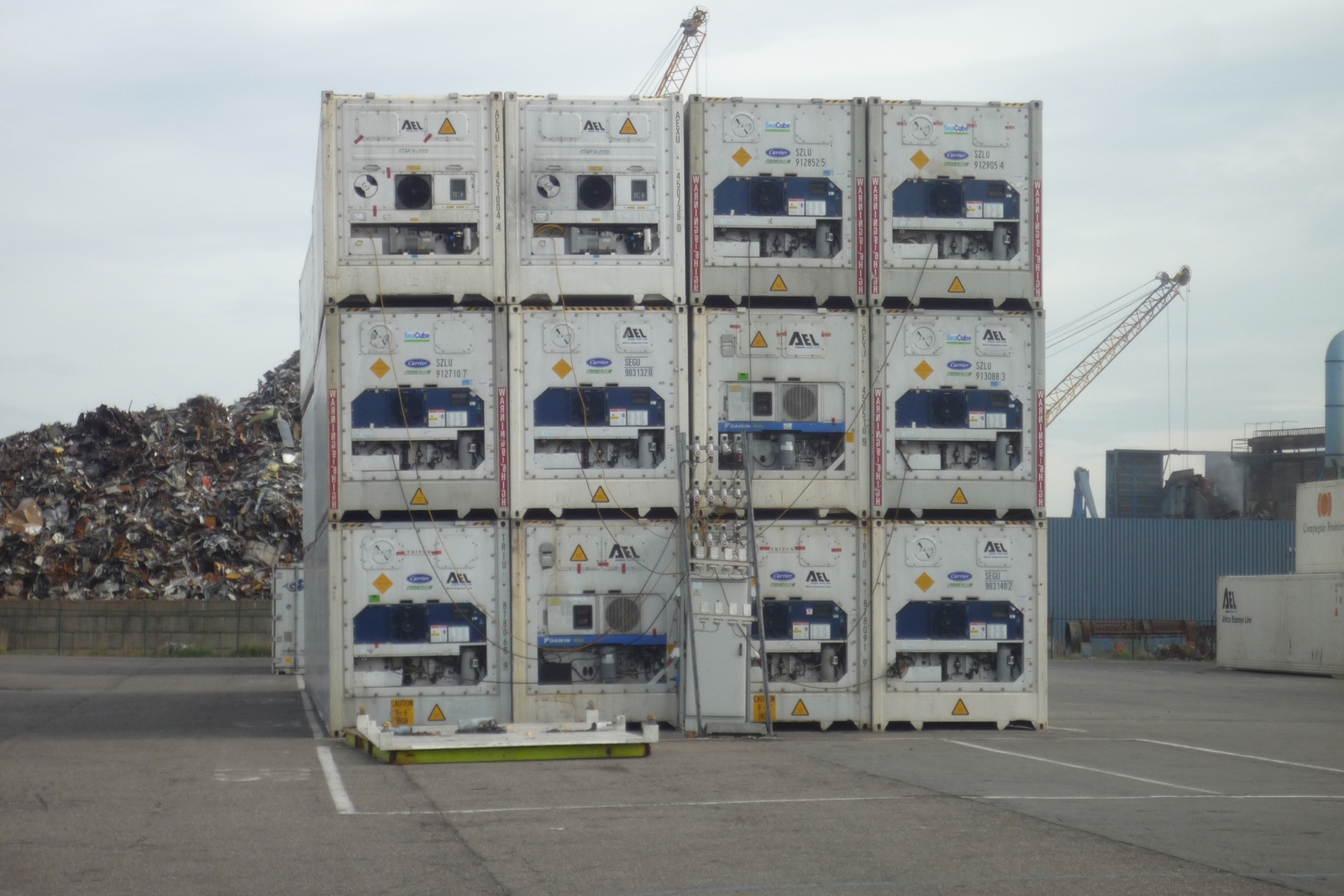
Full refrigerated containers in the port
Image 3 of 7
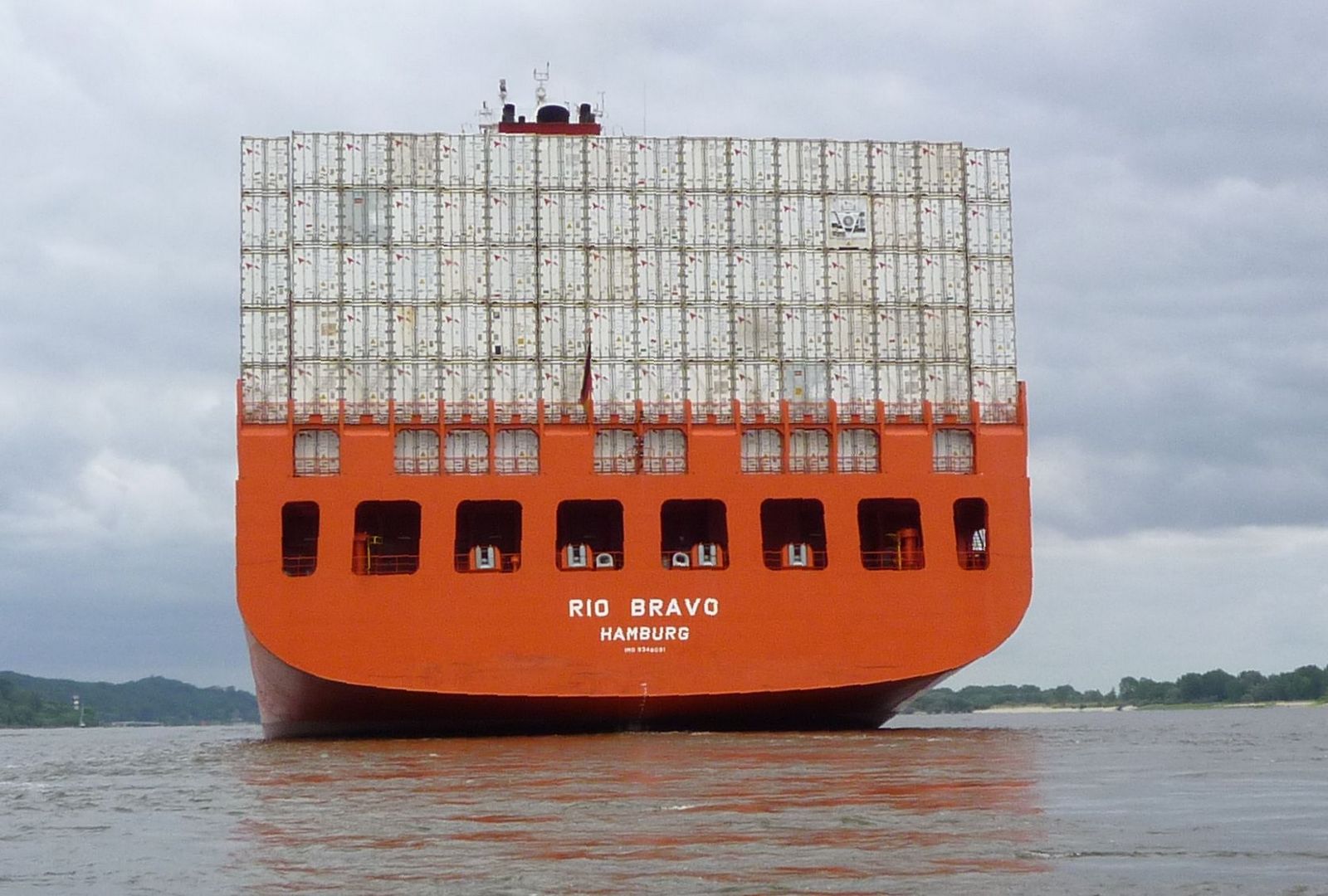
Refrigerated containers on a ship
Image 4 of 7
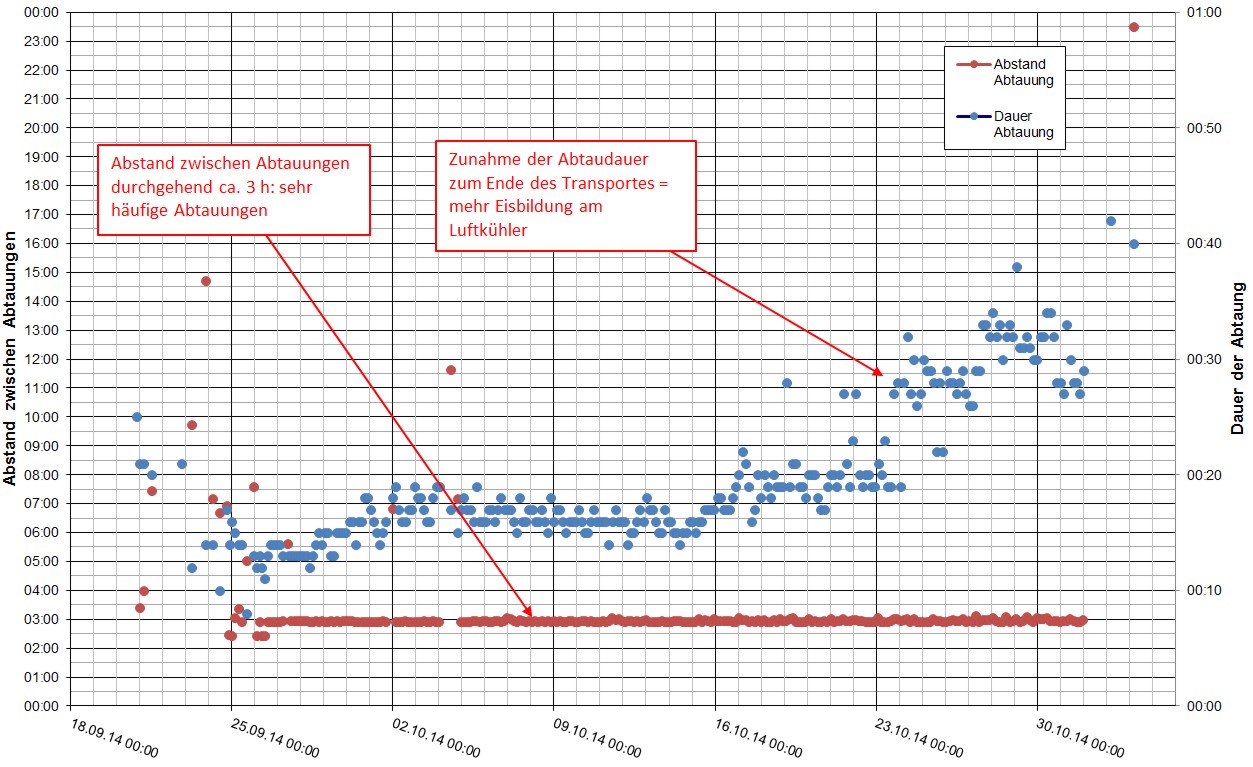
Evaluation of the defrosting times of a refrigerated container
Image 5 of 7

T-grating in refrigerated container with drain
Image 6 of 7

Looking into empty refrigerated containers
Image 7 of 7
